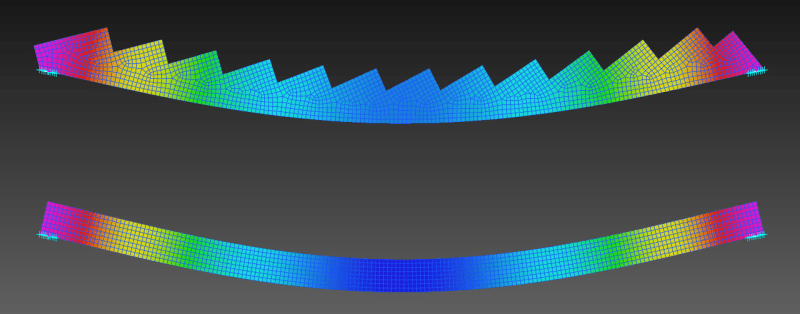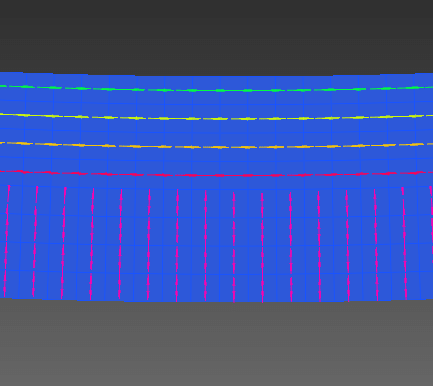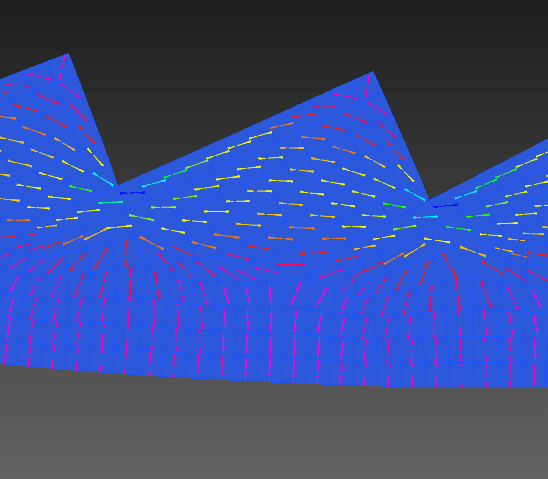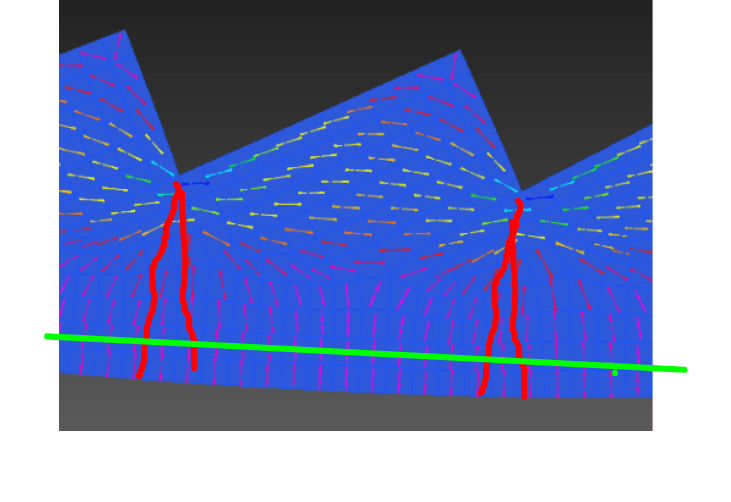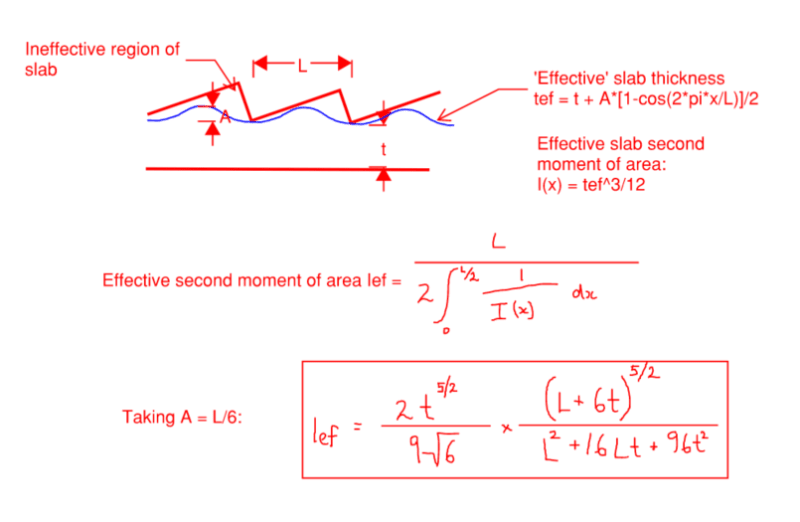Tomfh
Structural
- Feb 27, 2005
- 3,589
How do you guys assess the bending stiffness and deflection of concrete stairs?
Typically I ignore the treads and use minimum thickness, and add the treads as dead load, however I wonder if this underestimates real stiffness? The concrete is in reality much thicker for much of the length.
Typically I ignore the treads and use minimum thickness, and add the treads as dead load, however I wonder if this underestimates real stiffness? The concrete is in reality much thicker for much of the length.

